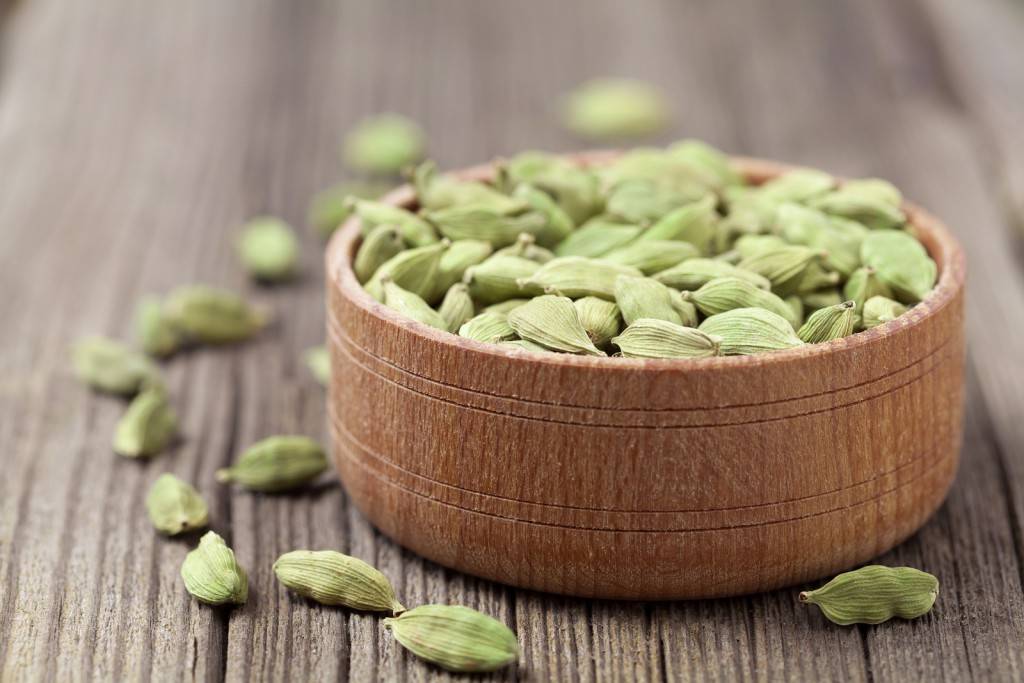
Also known as Queen of Spices, Cardamom is native to the rainy, evergreen forests of the Western Ghats in Southern India. It is mainly cultivated in Tamil Nadu, Karnataka, and Kerala. Cardamom is a spice used for flavoring different types of cuisines, beverages, confectionaries, and liquors. A lesser-known fact about Cardamom is that it is one of the oldest known spices.
Plant name- Cardamom
Scientific name- Elettaria cardamomum
Family- Zingiberaceae
Hindi common name- इलायची
Climate Requirements
Cardamom is grown in areas where the annual rainfall ranges from 1500-4000mm. The temperature should be around 10-35 degrees Celsius with good rainfall distribution. Summer showers during the months of February to April are crucial for a good crop.
Varieties
The various types of cardamom cultivated in India are Coorg cardamom Malabar selection-1 (CCS-1), Mudigree-1, PV-1, ICRI-1, ICRI-2, SKP-14.
Soil Requirements
Cardamom is grown in deep black loam soil with high humus content. Loam soils are generally acidic with a pH level of 5.5 to 6.5. This type of soil is found in forest areas that are best suited for cardamom cultivation. However, it can also be grown on clay loams, laterite soils, and rich black soil that have good drainage.
Land Preparation
During April and May, pits are dug and filled with a mixture of topsoil and compost. Well-decomposed farm manure can be used in place of compost as well. Contour terraces are used in sloppy lands with a pit dug up along the contour. Close planting is advised when planting along the contour.
Propagation
Propagation through suckers is the most used method for cardamom plants. Alternative methods of propagation include tissue culture and the production of planting materials from the seeds.
Planting
Planting the cardamom starts during the rainy season, around June. Seedlings are planted into the collar region for healthier growth. The most ideal time to plant the seedlings is on a cloudy day with little rainfall. In Tamil Nadu and Kerala, the seedlings are planted between March and May. The seedlings are planted at a spacing of 20X20 cm and mulched immediately after.
Fertilizers
A dose of 75kg nitrogen, 75kg phosphorus, and 150g of potash per hectare is advised for cardamom cultivation. A thin layer of soil should be applied after applying the fertilizer. The fertilizer should be used in two doses. First in May to help in the growth of suckers and capsules. And the second during late September to help grow the panicles and suckers. Apply only half dose of fertilizer during the first year and a full dose from the second year onwards.
Irrigation
Irrigate the crops during the dry spells of summer to help with the initiation of panicles, flowering, and fruiting. Until the monsoon starts, the cardamom crop should be irrigated every 10 to 15 days.
Harvesting
Cardamom usually starts bearing after two years of planting. The peak period of harvesting cardamom is between October and November in most places. Picking of cardamom is done after every 15 to 25 days.
















